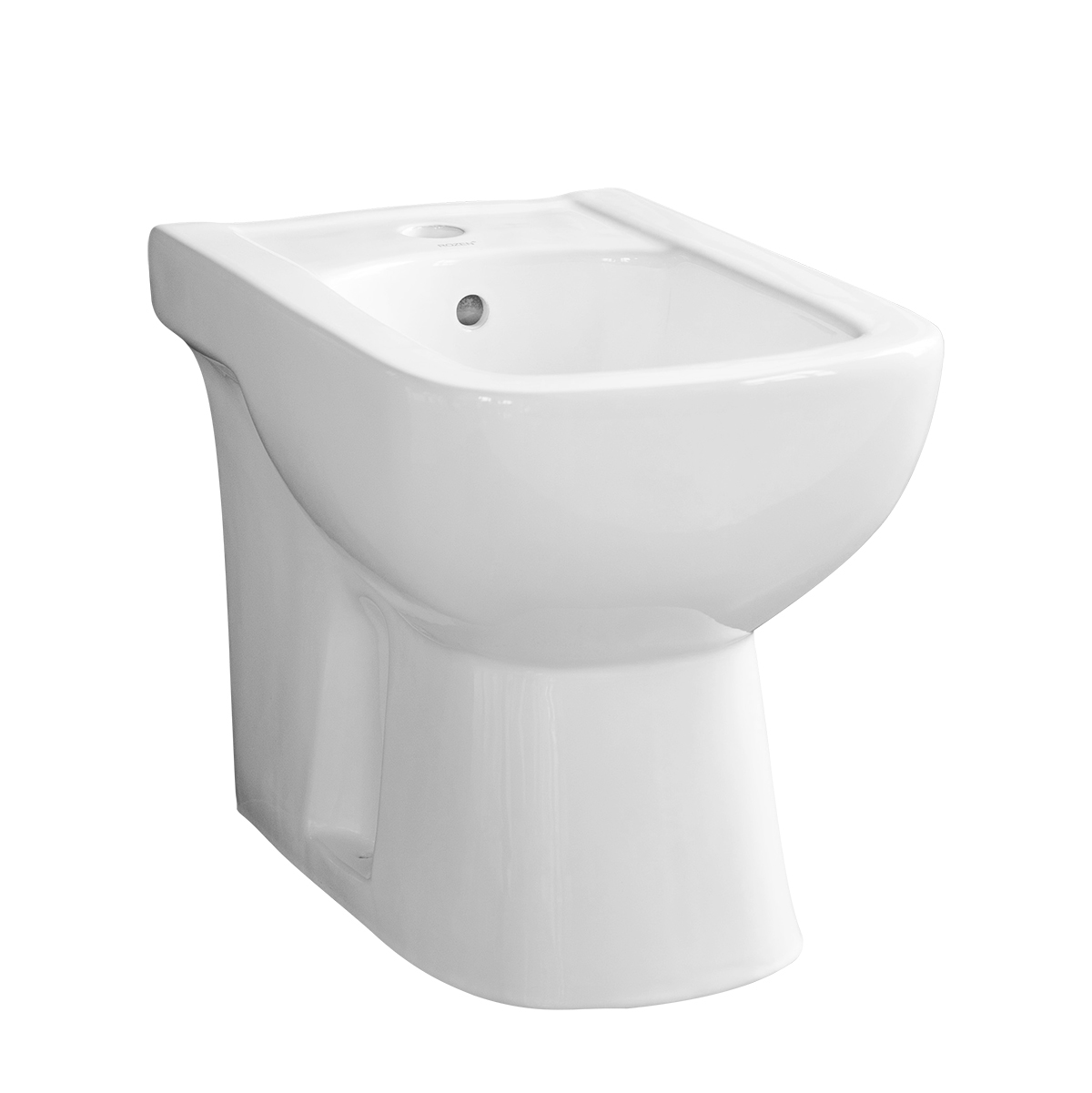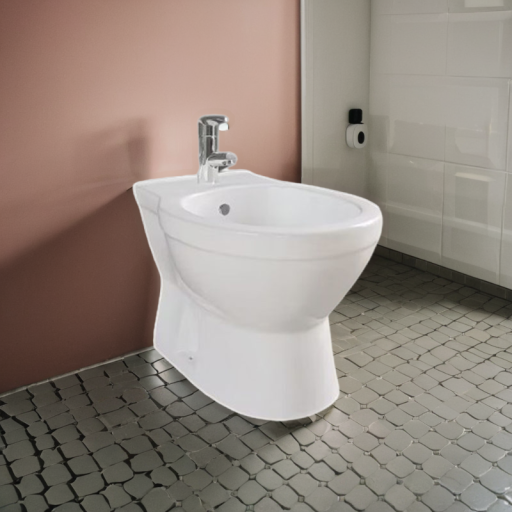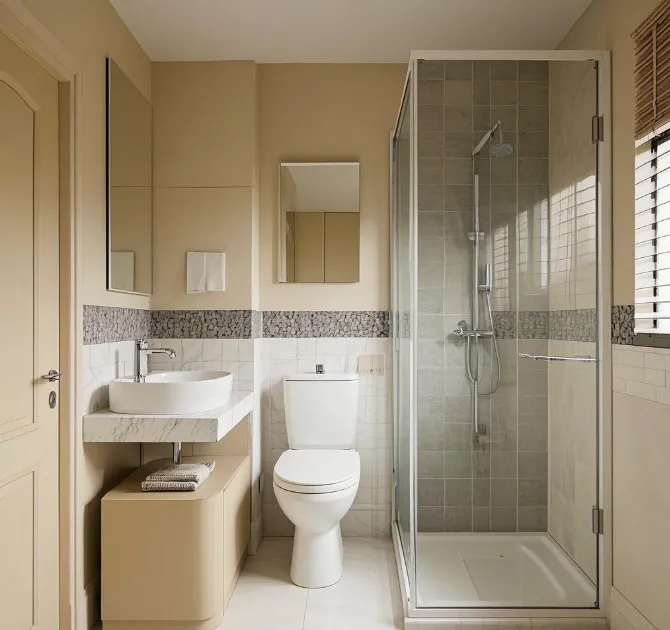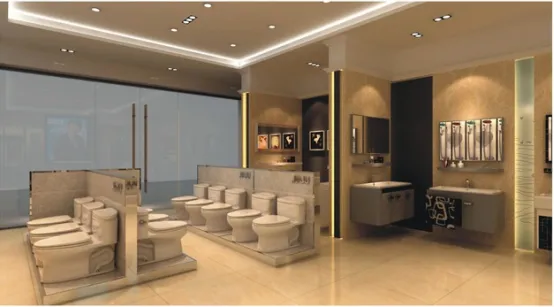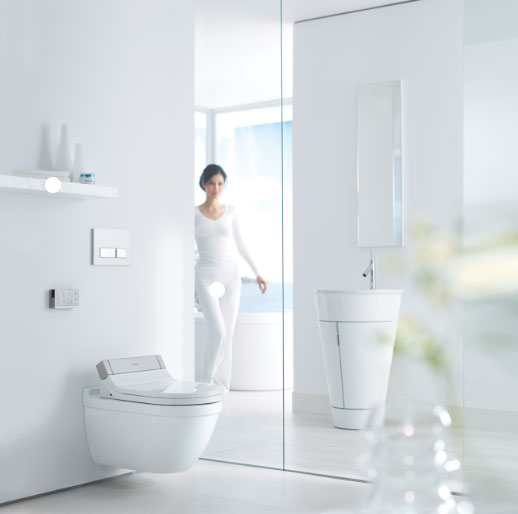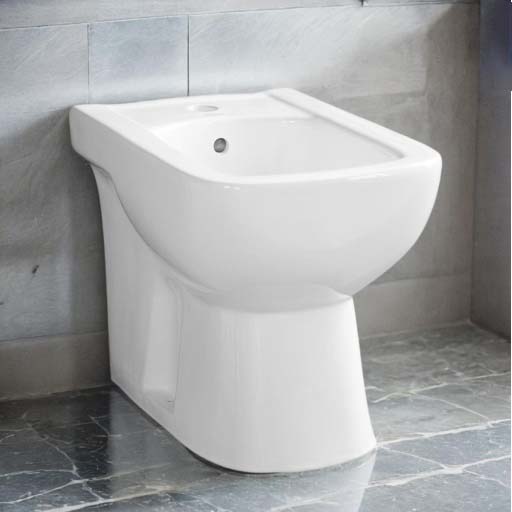Exploring the Bidet: A Comprehensive Guide
In recent years, the bidet has gained traction as a notable fixture in modern bathrooms, offering an alternative approach to personal hygiene. Originating in France in the 17th century, the bidet has evolved into various forms and functionalities, catering to diverse cultural preferences and sanitary needs. From standalone units to integrated toilet attachments, the bidet serves as a versatile tool for cleansing and comfort. Let’s delve into what a bidet is, its benefits, and its growing popularity worldwide.
What is a Bidet?
A bidet is a plumbing fixture designed for personal cleansing after using the toilet. It typically consists of a basin or bowl positioned adjacent to the toilet, equipped with water jets for washing the genital and anal areas. Bidets come in different forms, including standalone fixtures resembling low sinks, as well as integrated units incorporated into toilet seats or attachments.
Ceramic Bidet
Types of Bidets:
- Standalone Bidets:
Traditional bidets are standalone fixtures separate from the toilet. They resemble a low-mounted basin with faucets or sprayers for directing water onto the user’s private areas. Standalone bidets often feature controls for adjusting water temperature and pressure to suit individual preferences.
- Bidet Toilet Seats:
These bidet seats are installed directly onto existing toilets, replacing the regular toilet seat. They feature integrated water nozzles or sprayers that extend beneath the user when activated, providing targeted cleansing after toilet use. Bidet toilet seats often include additional features such as heated seats, air dryers, and adjustable water temperature and pressure settings.
- Bidet Attachments:
Bidet attachments offer a budget-friendly option for adding bidet functionality to standard toilets without replacing the entire toilet seat. These attachments typically mount between the toilet seat and the bowl, featuring a nozzle or sprayer that extends beneath the user when activated. Bidet attachments are available in mechanical and electronic variants, with electronic models offering additional features such as heated water and customizable settings.
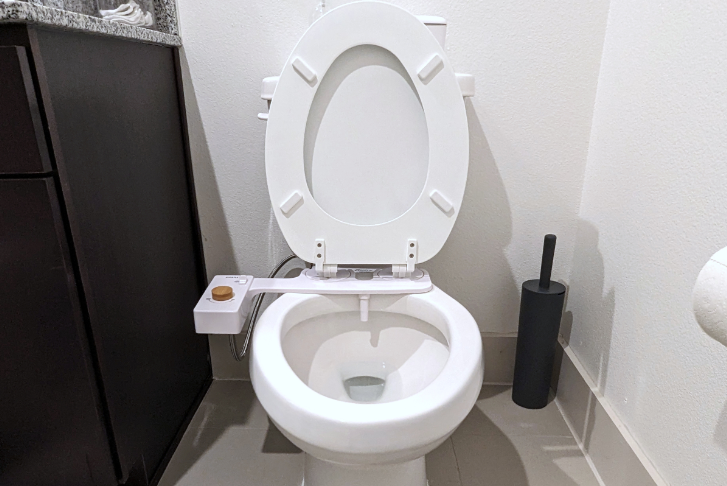
Bidet Attachments
Benefits of Using a Bidet:
- Improved Hygiene:
Bidets provide more thorough cleansing compared to using toilet paper alone, reducing the risk of bacterial contamination and promoting better personal hygiene.
- Gentler on the Skin:
Water-based cleansing offered by bidets is gentler on sensitive skin than abrasive toilet paper, making them suitable for individuals with skin conditions or sensitivities.
- Environmental Sustainability:
By reducing reliance on toilet paper, bidets contribute to environmental conservation by conserving paper resources and reducing wastewater pollution.
- Enhanced Comfort:
Bidets offer a more comfortable and refreshing cleansing experience, especially with features such as heated water, heated seats, and adjustable settings for personalized comfort.
- Accessibility:
Bidet attachments and integrated units with ergonomic designs and user-friendly controls cater to individuals with mobility limitations or disabilities, promoting independence and dignity in personal hygiene practices.
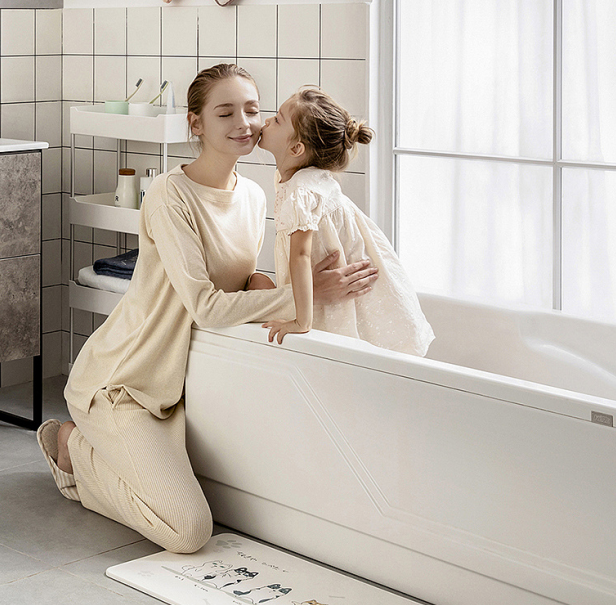
Conclusion:
The bidet represents a versatile and hygienic solution for personal cleansing, offering a range of benefits including improved hygiene, comfort, and environmental sustainability. Whether in the form of standalone fixtures, toilet seat attachments, or integrated units, bidets continue to gain popularity worldwide as individuals recognize the advantages they offer in promoting better personal hygiene and overall well-being. As awareness grows and technological advancements enhance bidet functionalities, the bidet is poised to become an integral component of modern bathroom design and personal care routines.

